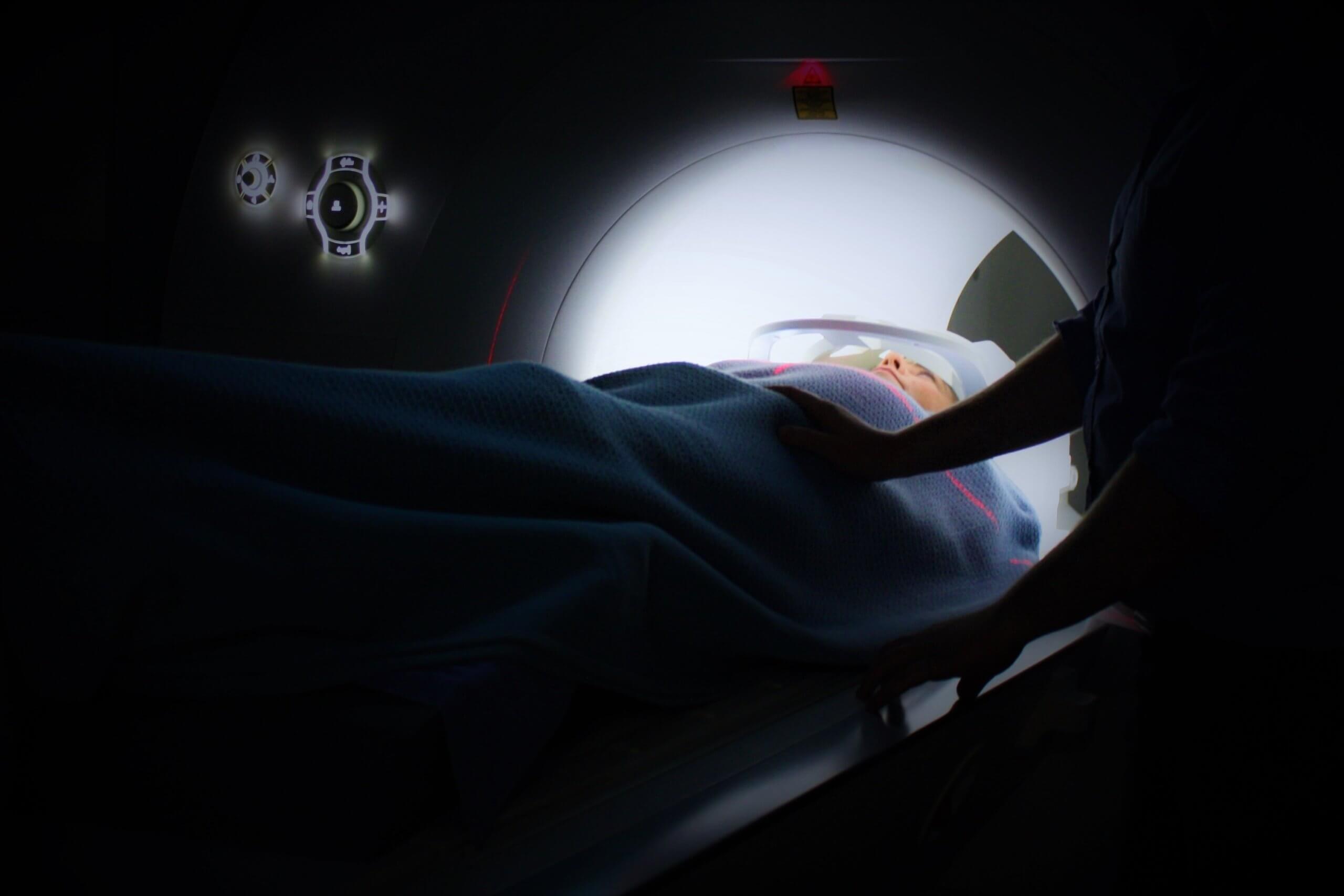Signs and Symptoms of Concussions and Traumatic Brain Injury

2/12/2020 Personal Injury John Whitfield
The phrase traumatic brain injury (TBI) is frightening; and no patient or loved one ever wants to hear it given as a diagnosis. Given the weight this phrase carries, you might assume TBIs are not as common as they are, nor would you be aware TBI cases have increased 53% over the last decade. Brain injuries are responsible for 30% of injury-related deaths in the United States each year; and, every day 153 people lose their lives due to a TBI-related injury. The reality is that a severe head or brain injury can happen to anyone, anywhere and can be caused by numerous actions, not just catastrophic events.
In its most recent report on TBI, The Centers for Disease Control and Prevention (CDC) found about 2.87 million TBI-related cases occurred each year nationwide, 50,000 of those being fatal. Due to their common but complex nature, it is important to understand what head injuries constitute concussions and which can be classified as brain injuries. Patients should also become familiar with the signs and symptoms associated with the two in case of an emergency.
What is a Concussion?
While a concussion is considered a mild form of traumatic brain injury (mTBI), all concussions should be treated as serious injuries. Concussions can arise from numerous incidents, such as a bump, blow, or jolt to the head or neck. Any action that causes the brain to move rapidly inside of the skull could result in a concussion, which alters the function of the normal brain.
Most individuals are familiar with concussions in sports, as around 300,000 cases of concussions due to sports-related injuries occur annually. The University of Pittsburgh’s Brain Trauma Research Center found an individual is around 19% more likely to suffer a concussion per year of play of contact sports. This means that a child who participates in a contact sport for five years will more than likely experience a concussion during that time.
Who is at Risk?
Of the 2.87 million TBI-related emergency department visits the CDC recorded in 2014, 837,000 involved children. Children are at a greater risk for TBI-related injuries for numerous reasons, ranging from physiology and the forming of their skulls, to motor movement skills (i.e. learning to walk, run, balance) as well as recreational factors, such as playing on playground equipment and participating in team sports.
Elderly adults are also at a greater risk for TBI-related injuries and deaths. Similar to accidents involving children, falls are the leading cause of brain injuries in the elderly. TBI-related deaths are highest for adults ages 75 years and older, with falls being the leading cause for adults ages 65 years and older.
Motor vehicle accidents were the leading cause of brain injuries and deaths for those between the ages of 15 to 44.
Signs and Symptoms
Traumatic brain injuries disrupt the brain’s normal functioning. This means that a TBI, no matter the severity, can cause serious damage to memory function, speech, balance, muscle coordination, and even affect judgment. Concussions are the most common form of traumatic brain injury, and symptoms can include but are not limited to:
- Confusion
- Dizziness
- Changes in sight (double or blurry vision)
- Headache
- Nausea or vomiting
- Memory loss
- Sensitivity to light
- Trouble sleeping
- Ringing ears
If any of the above occurs after suffering a strike, blow or jolt to the head or neck area, seek immediate medical attention.
Nashville Personal Injury Attorneys
If you or a loved one suffered a TBI as a result of motor vehicle accident or other catastrophic incident, you could be entitled for compensation. The attorneys at Whitfield Bryson LLP can analyze the facts of your case and determine the best legal course of action. Contact us today for a free consultation.
